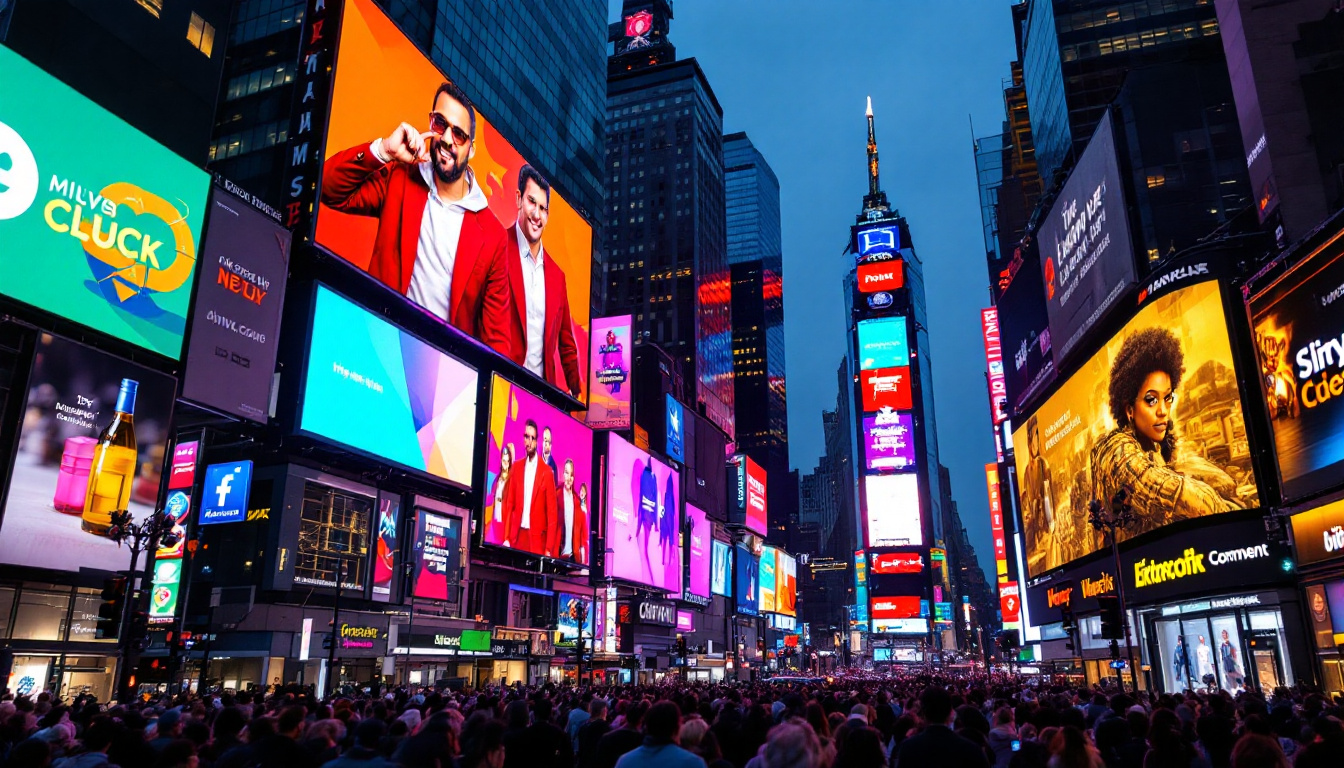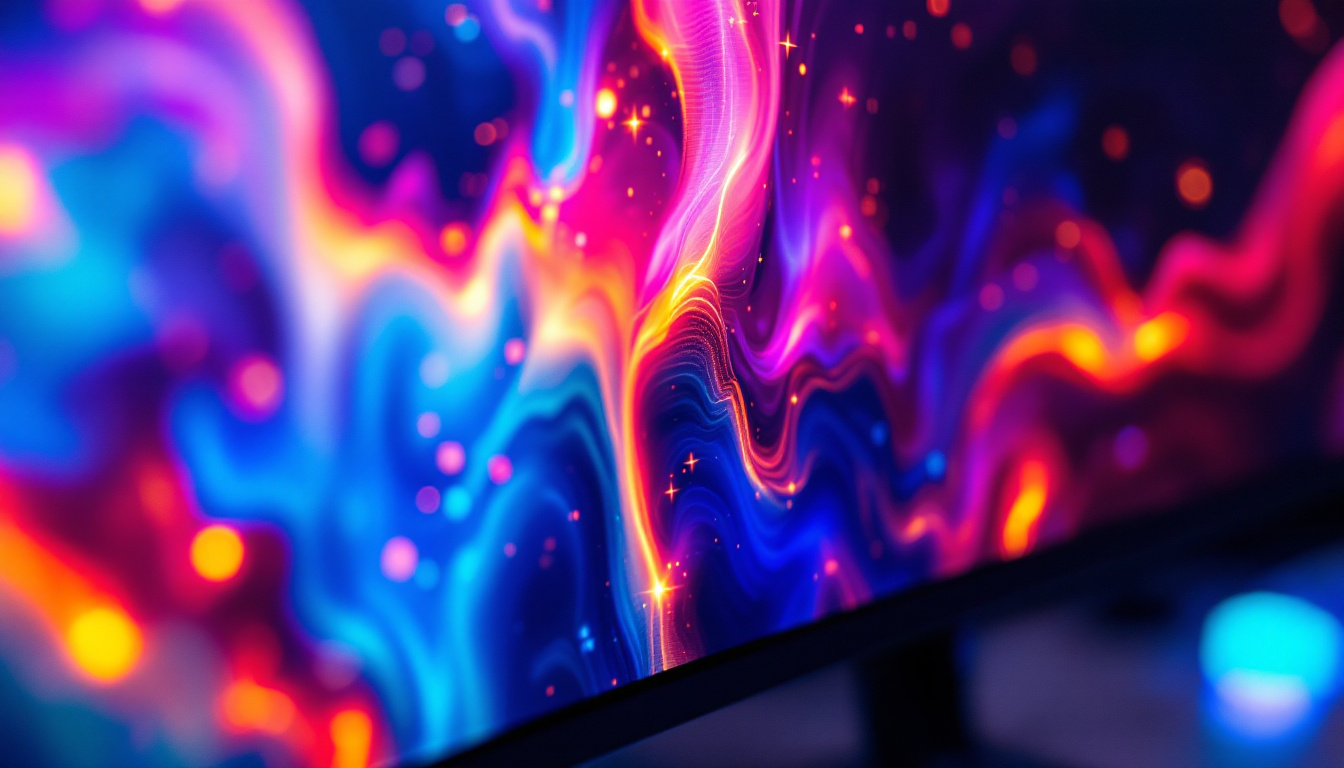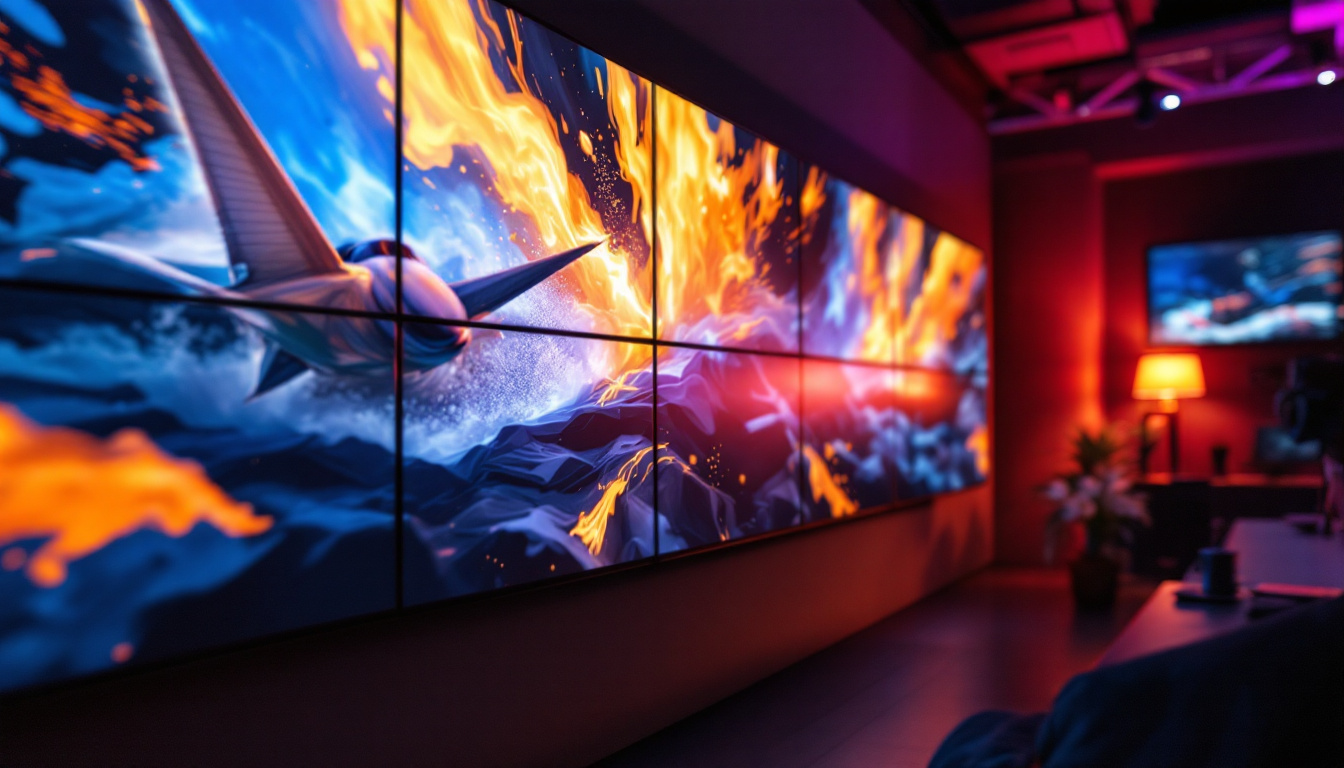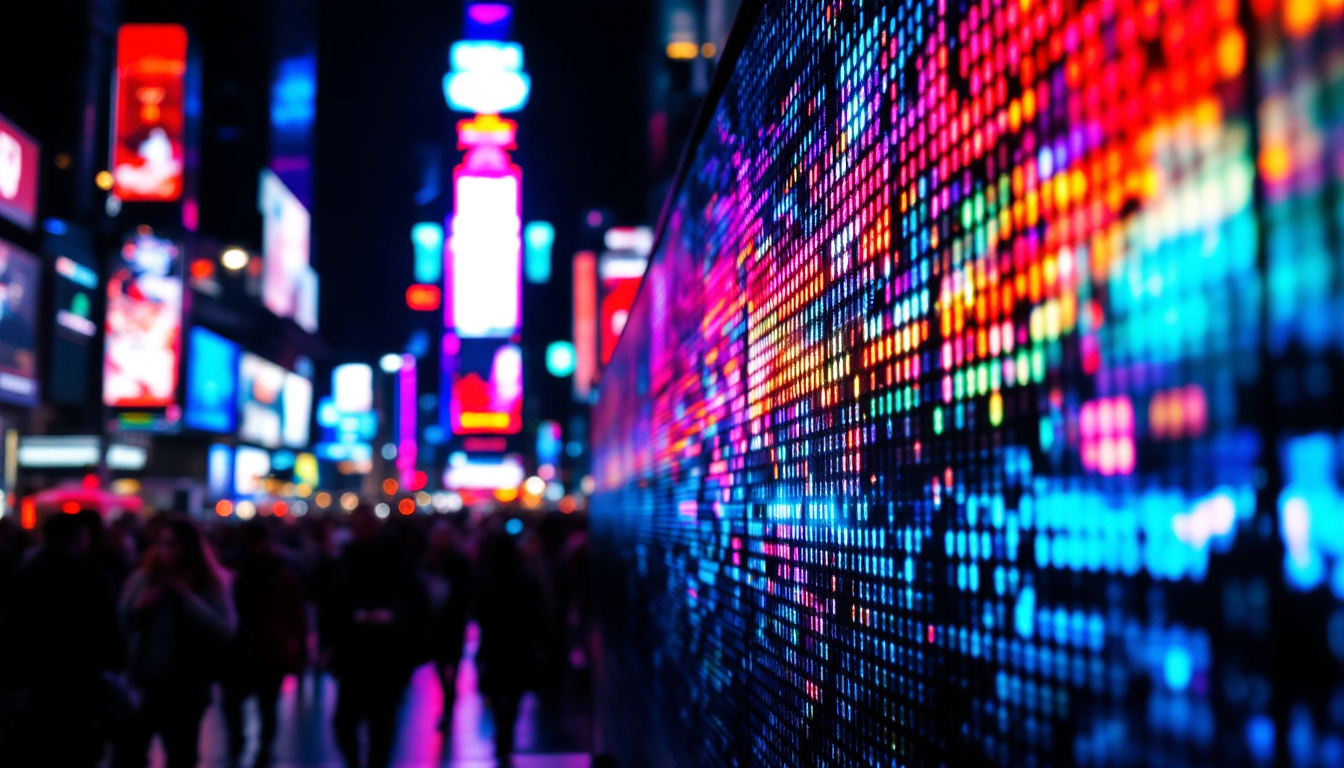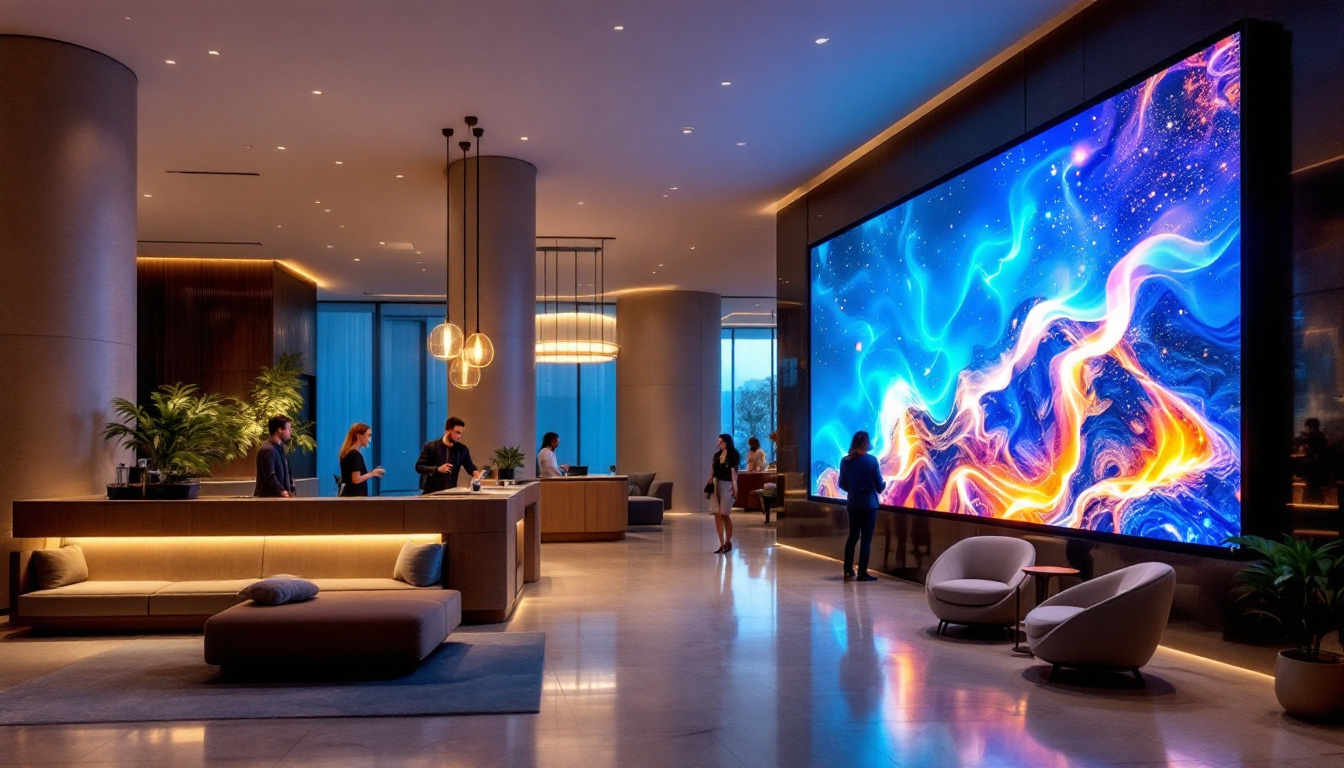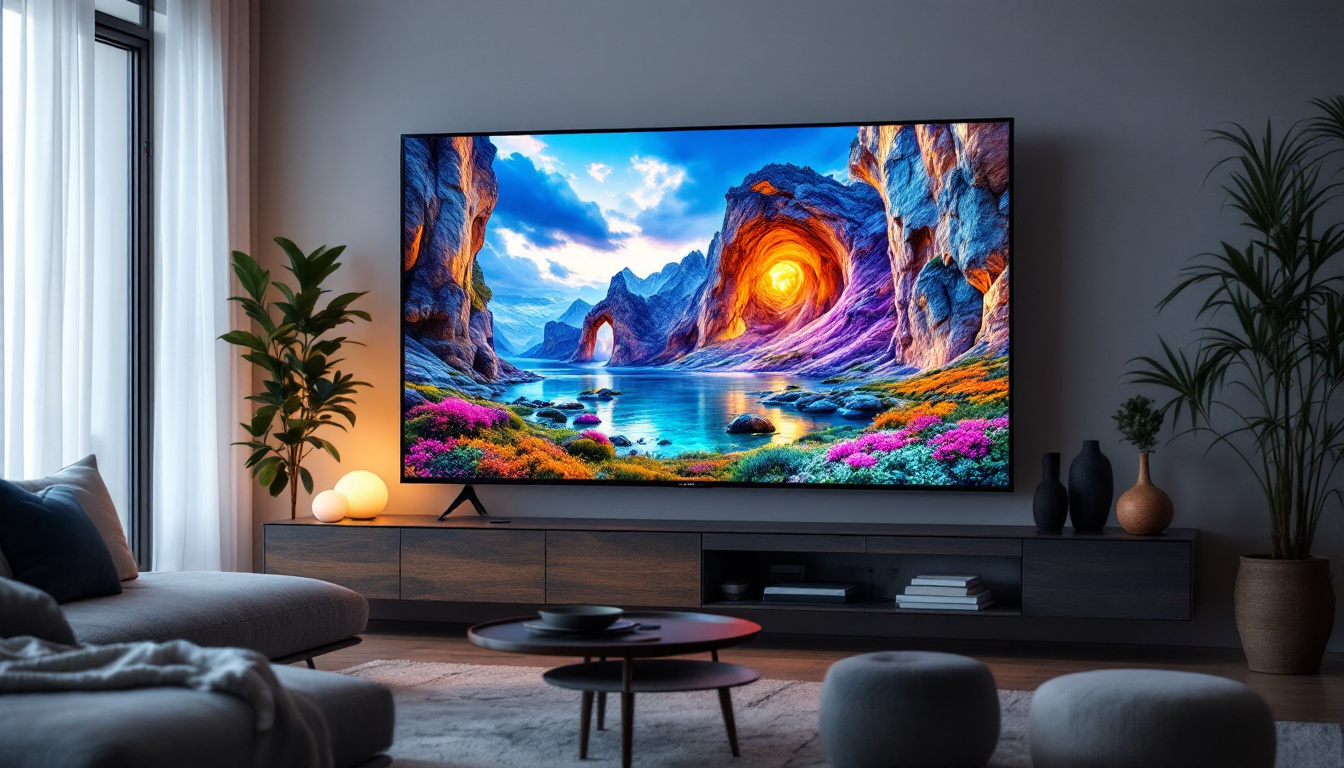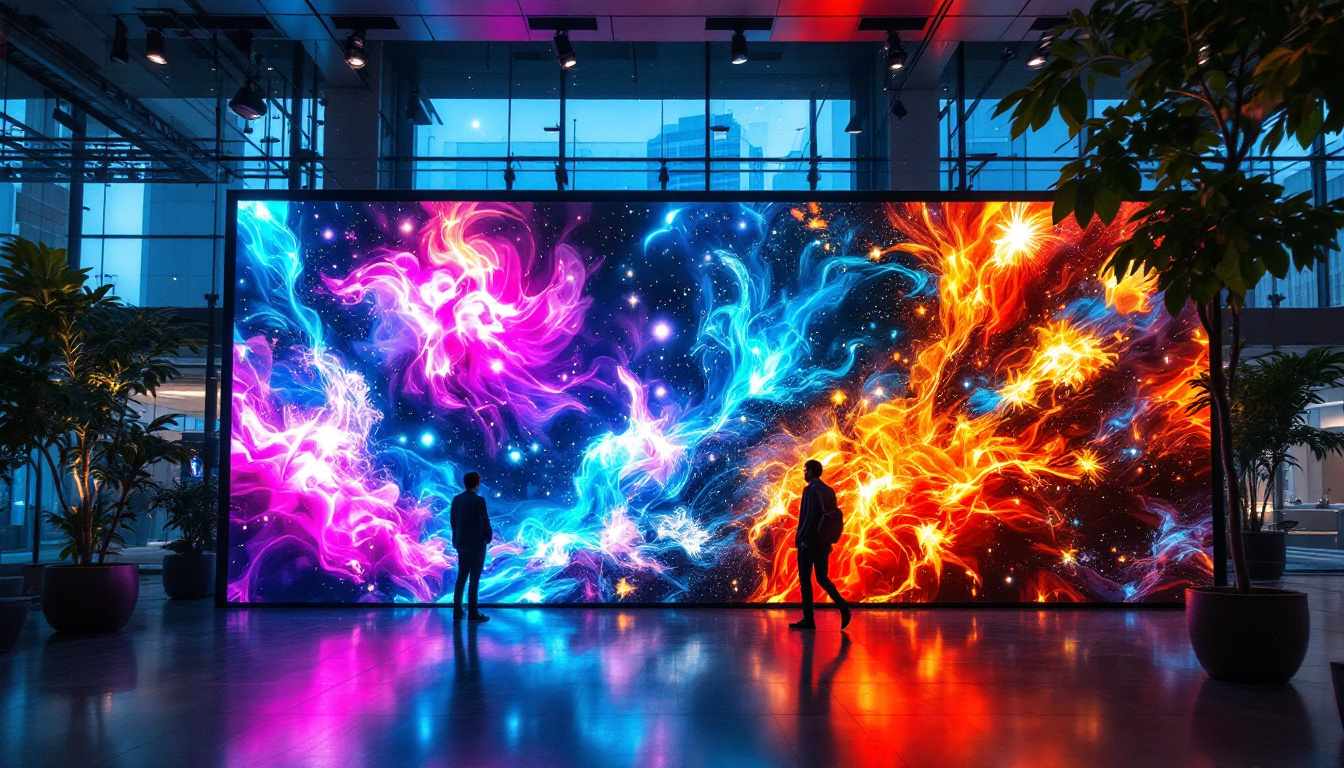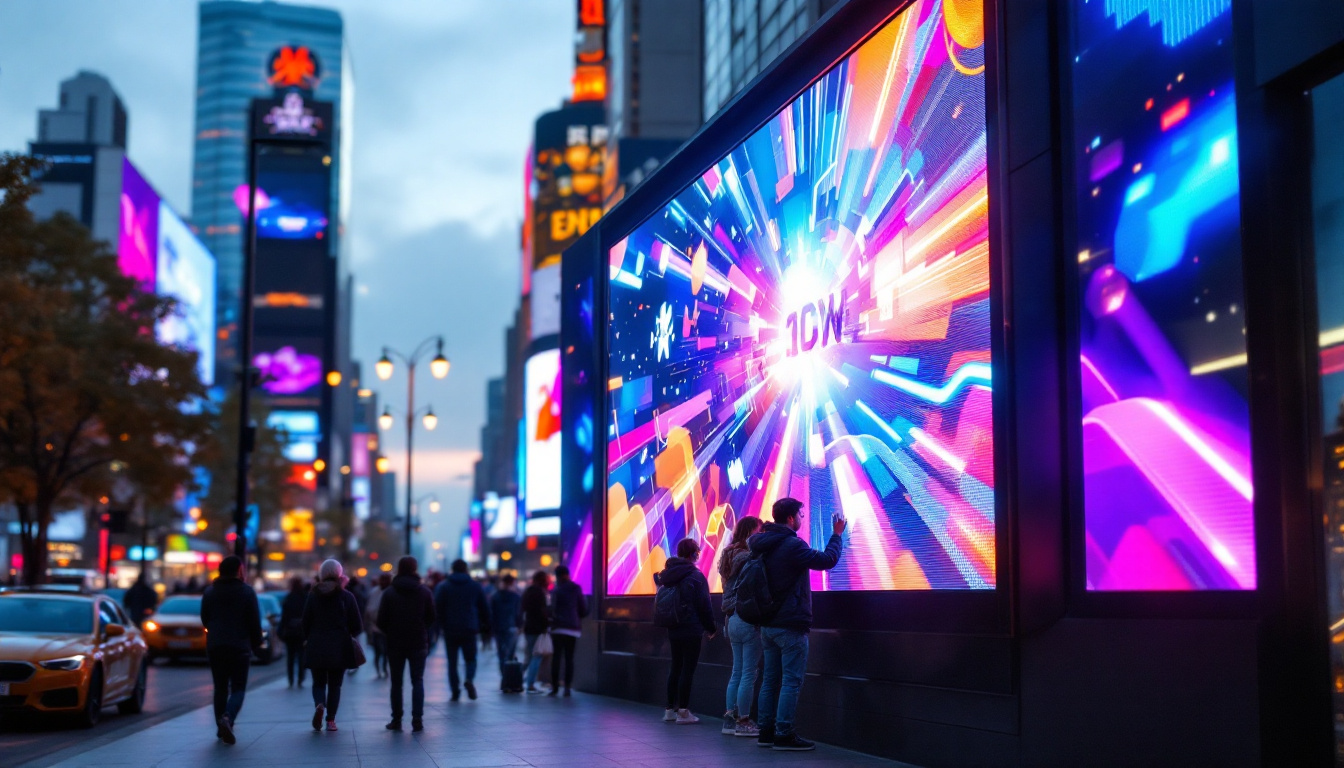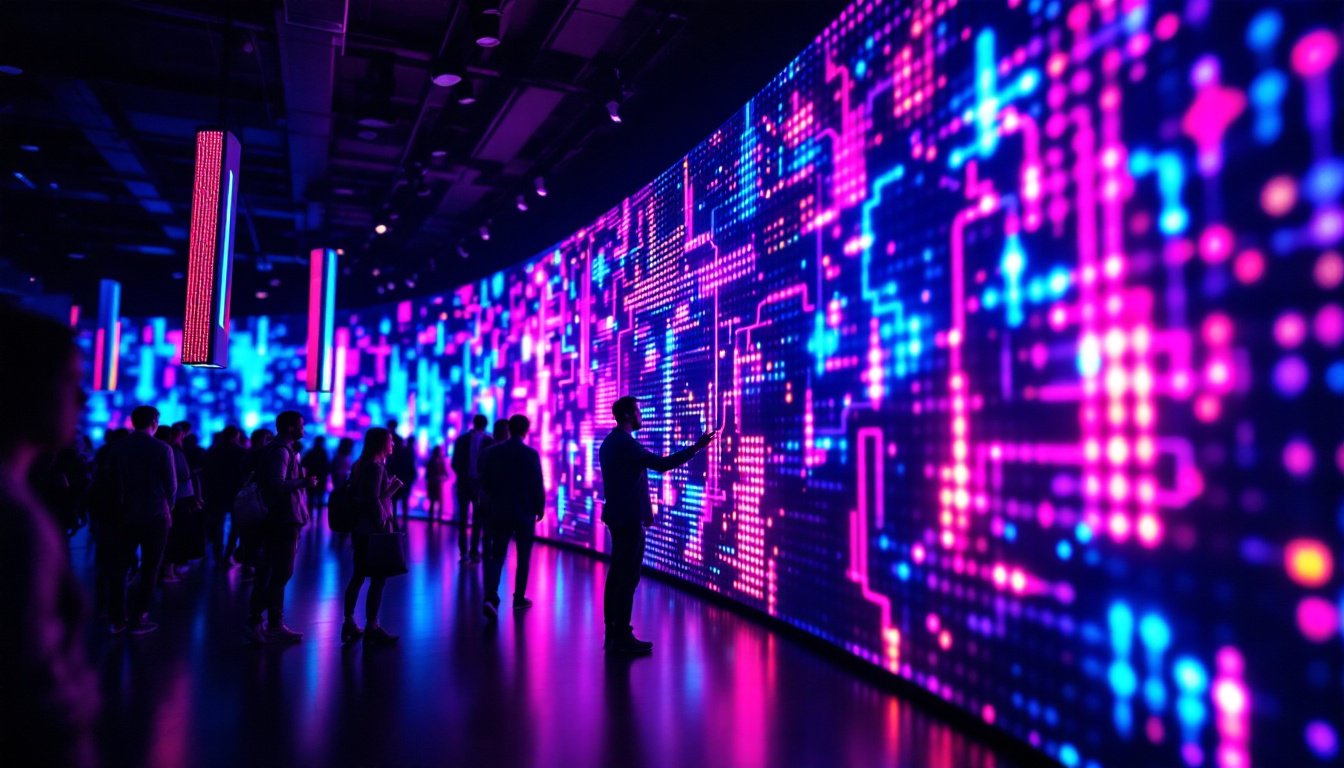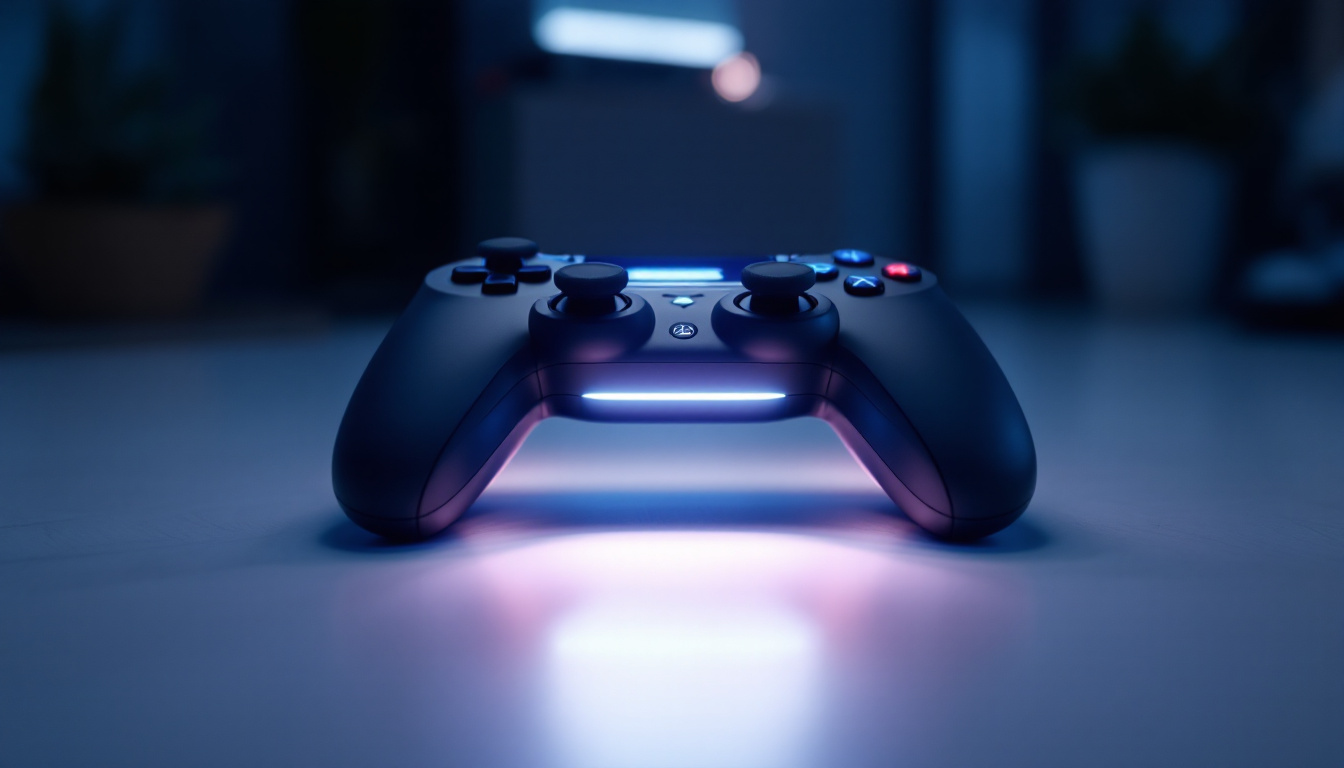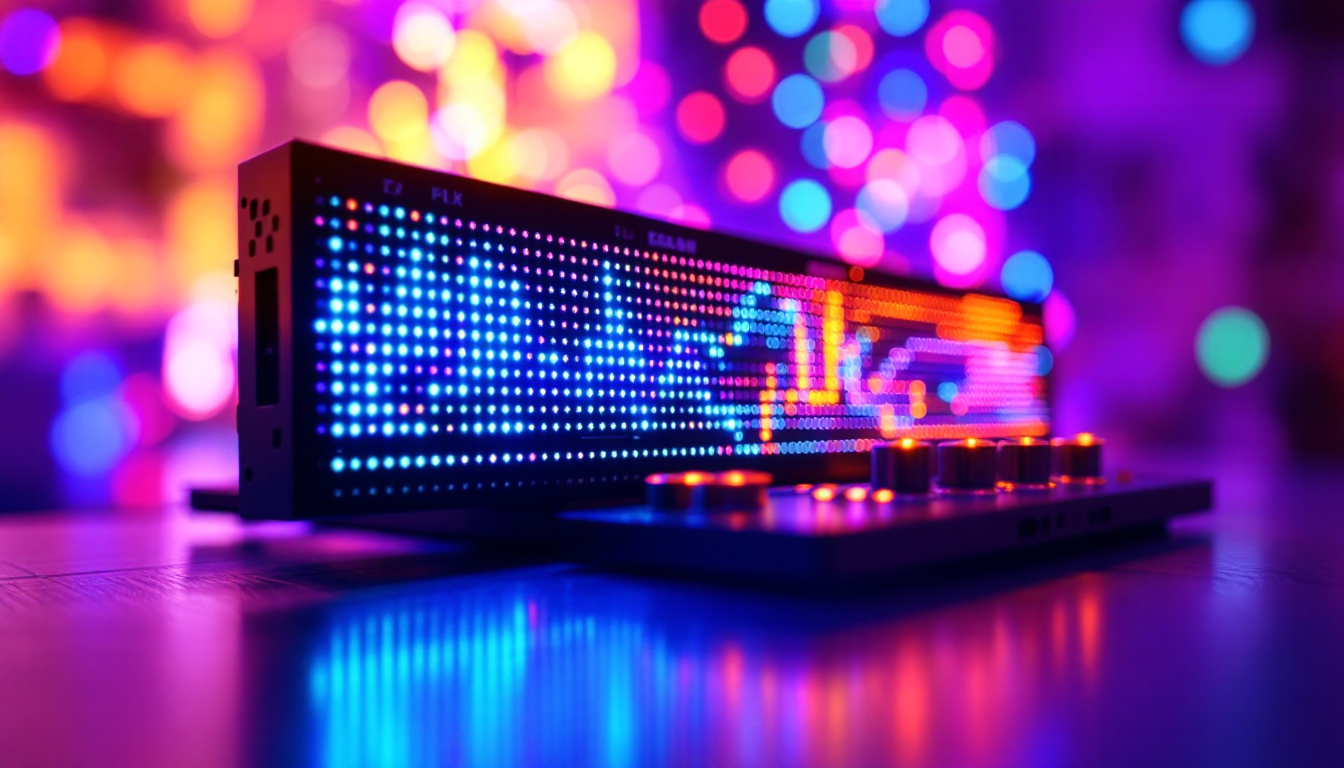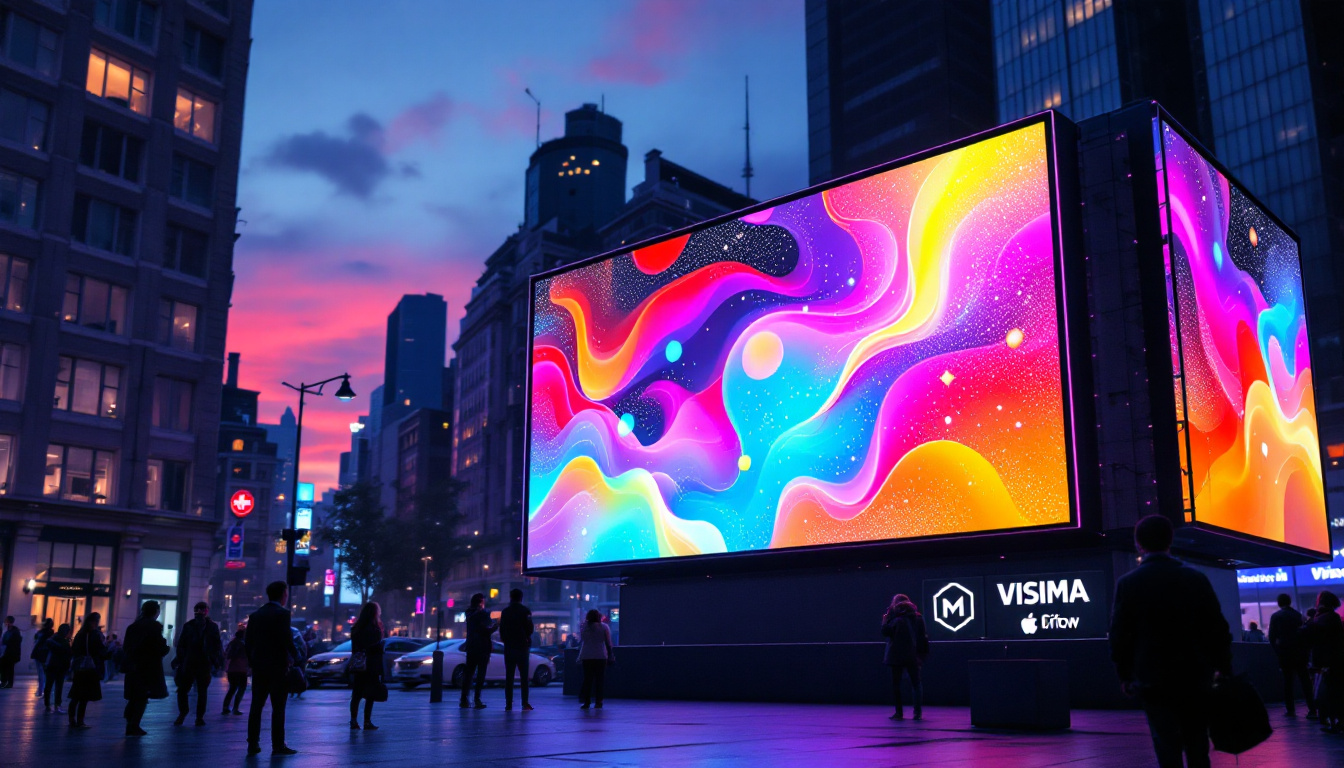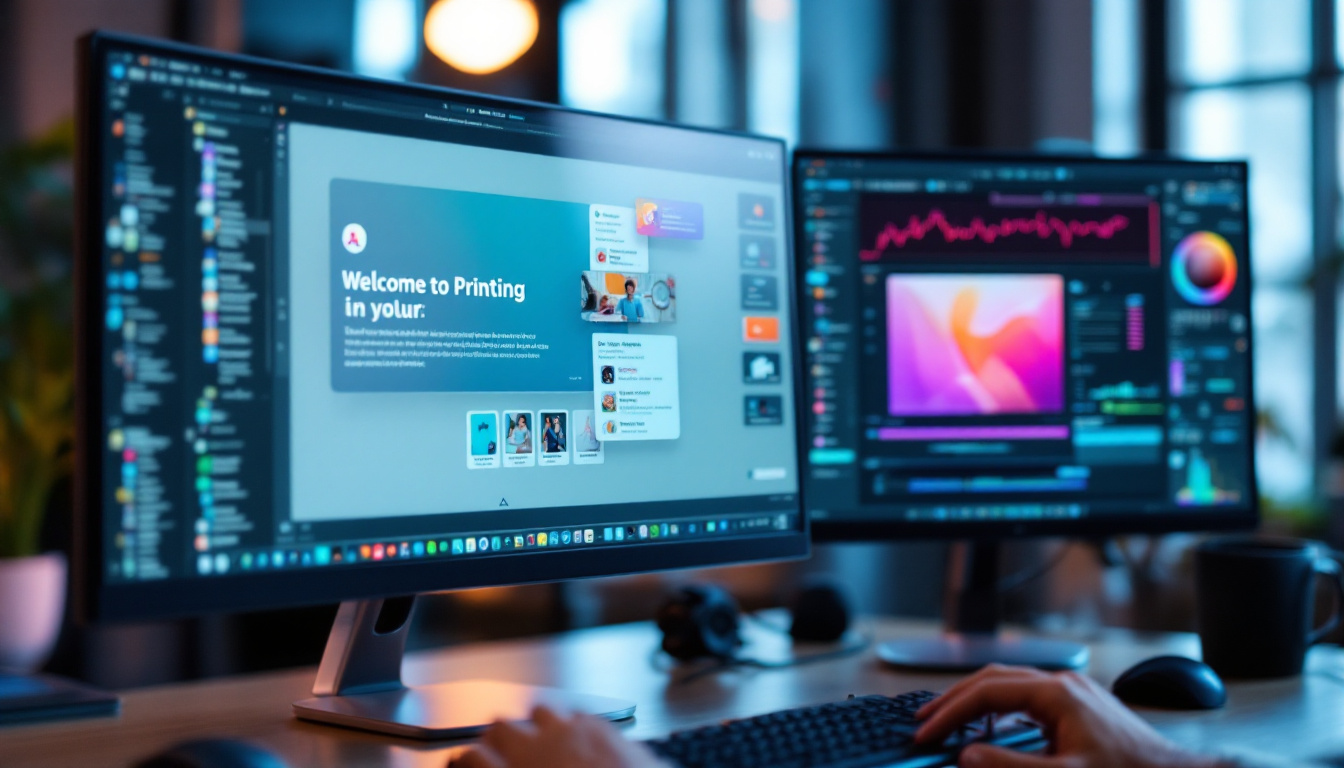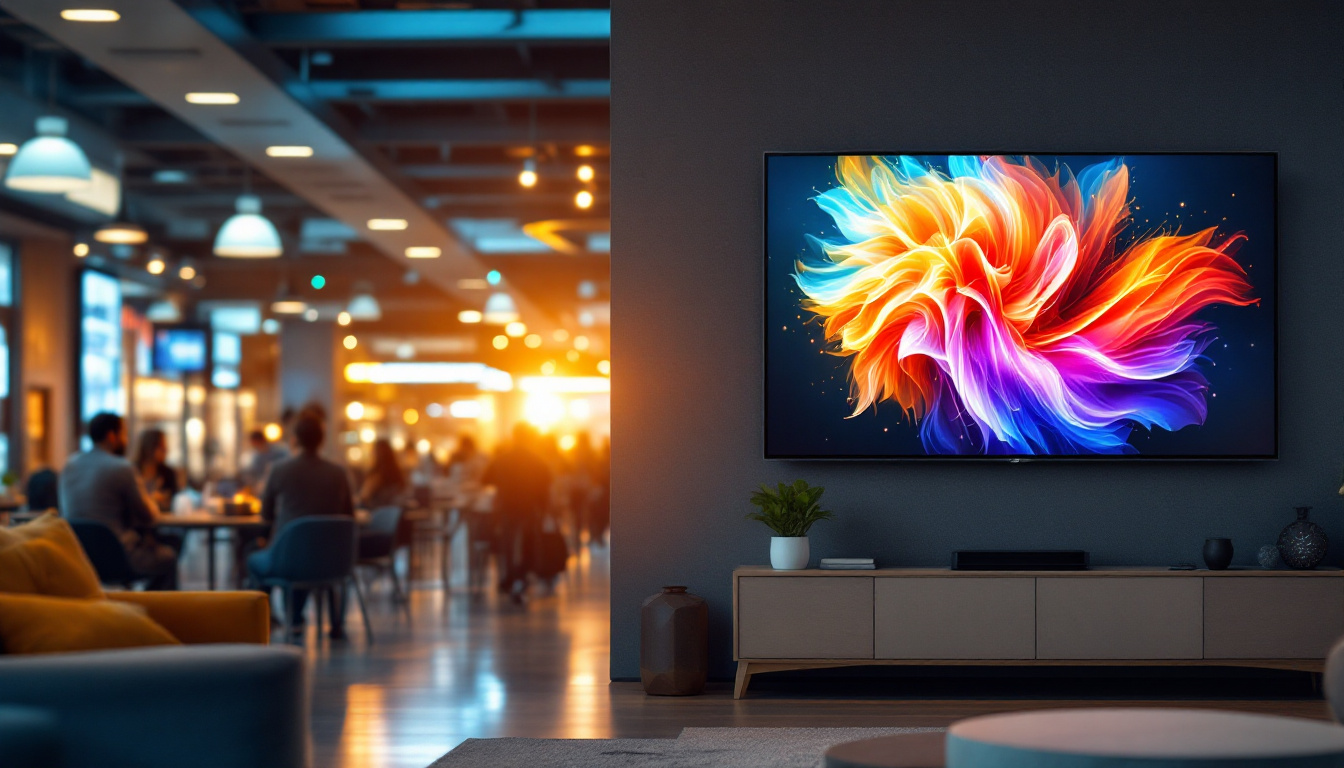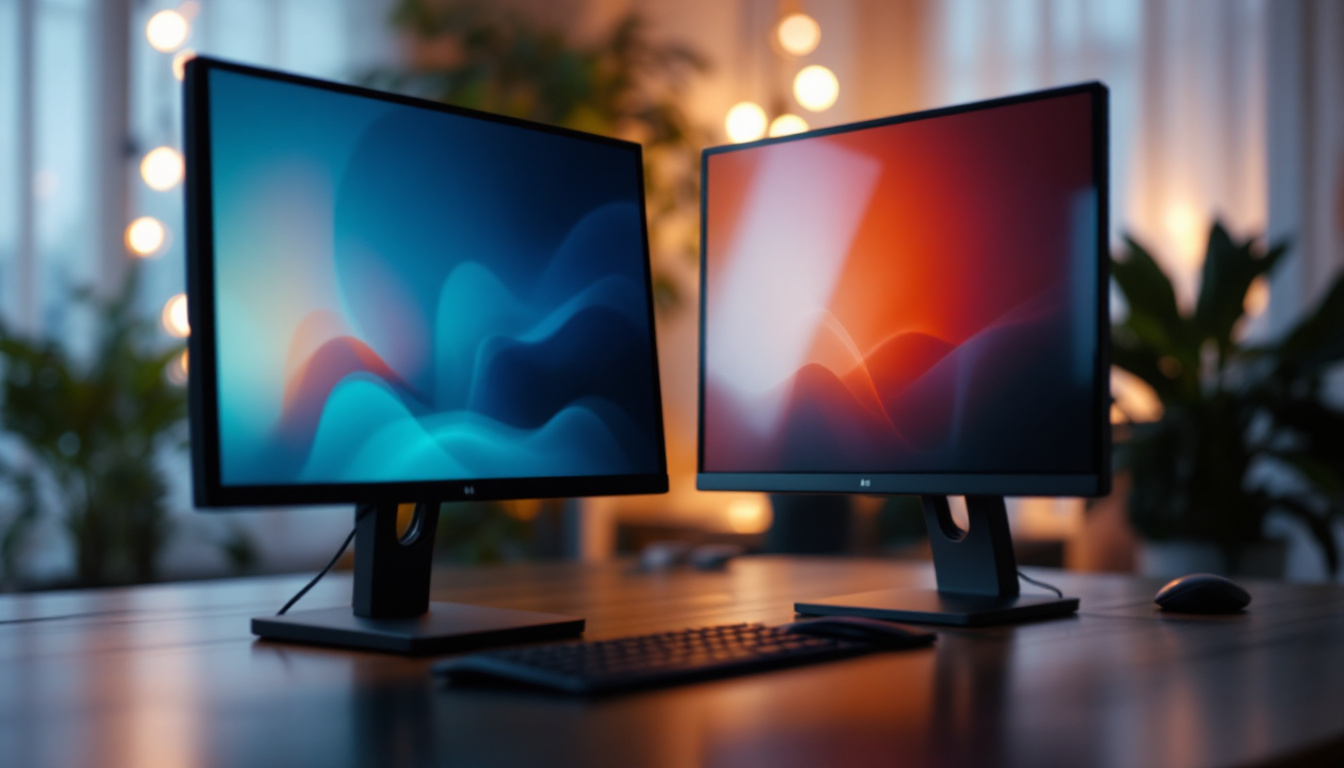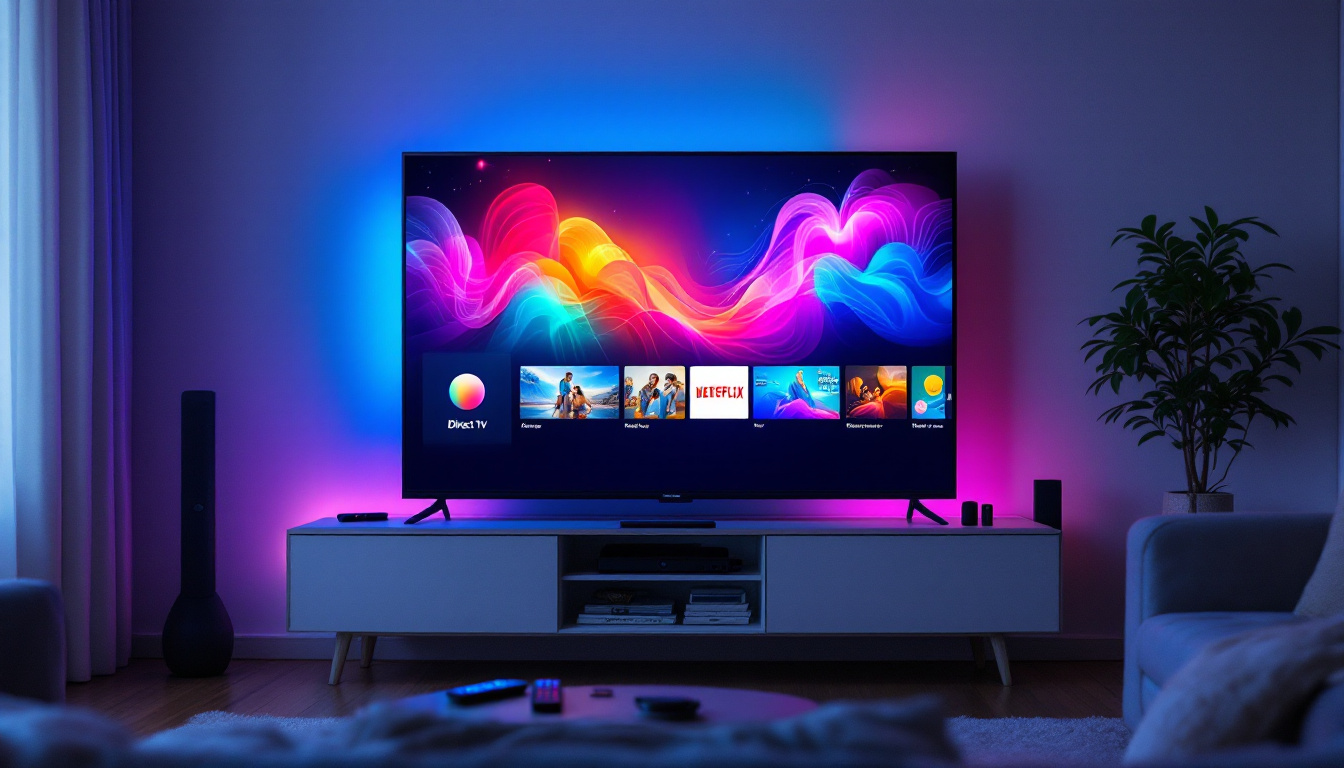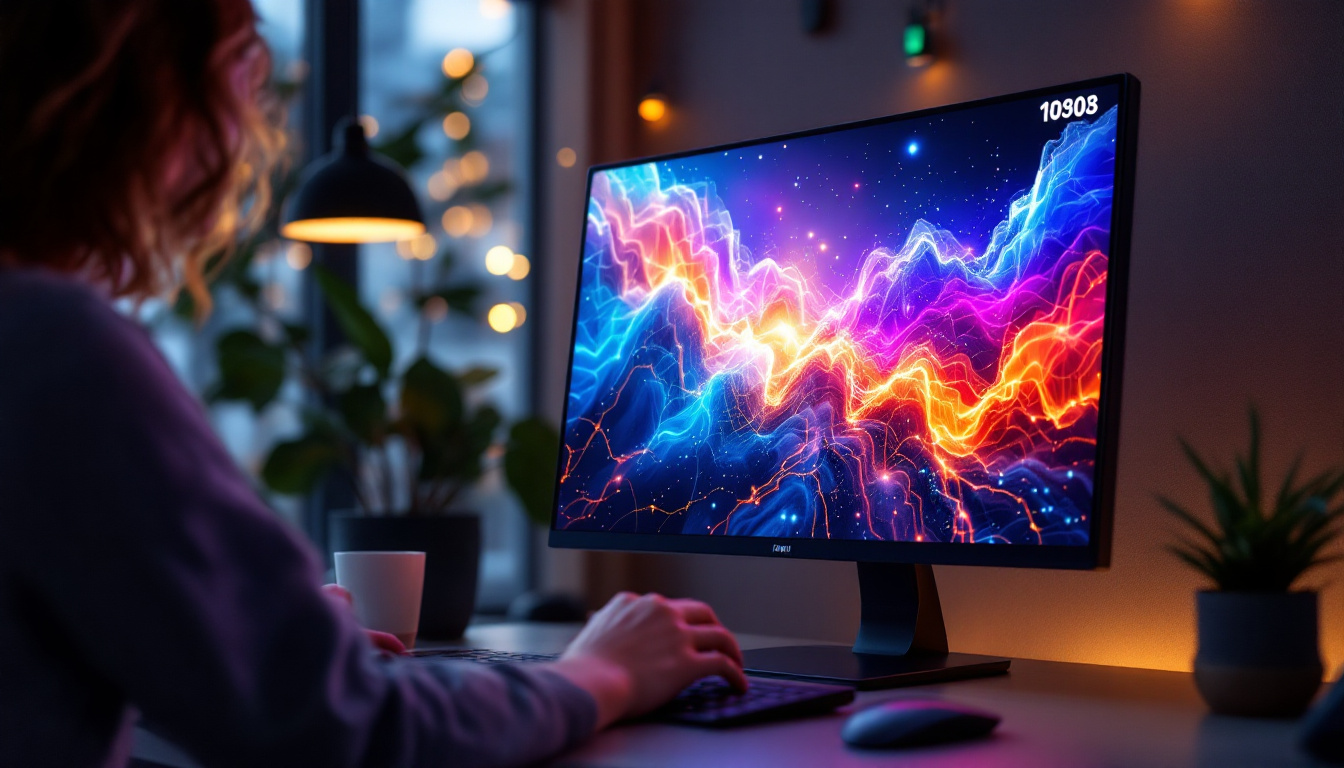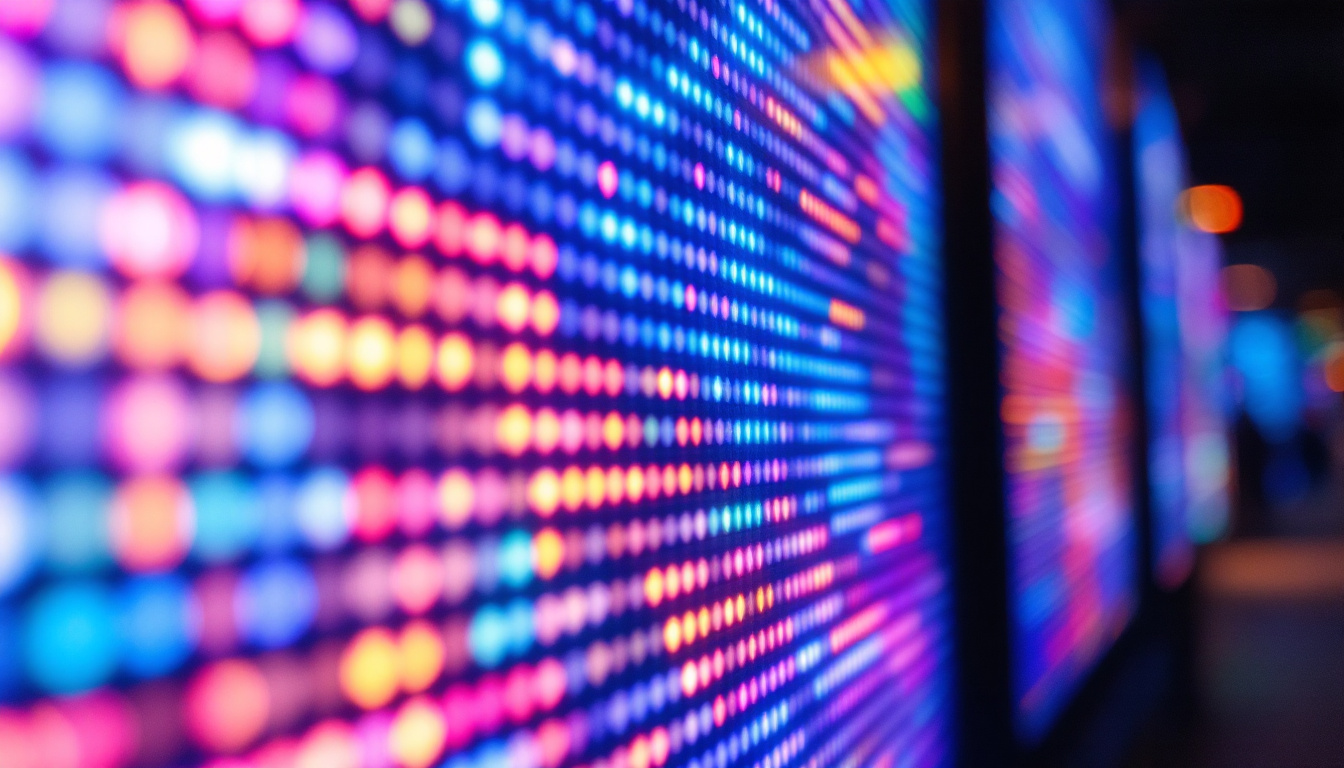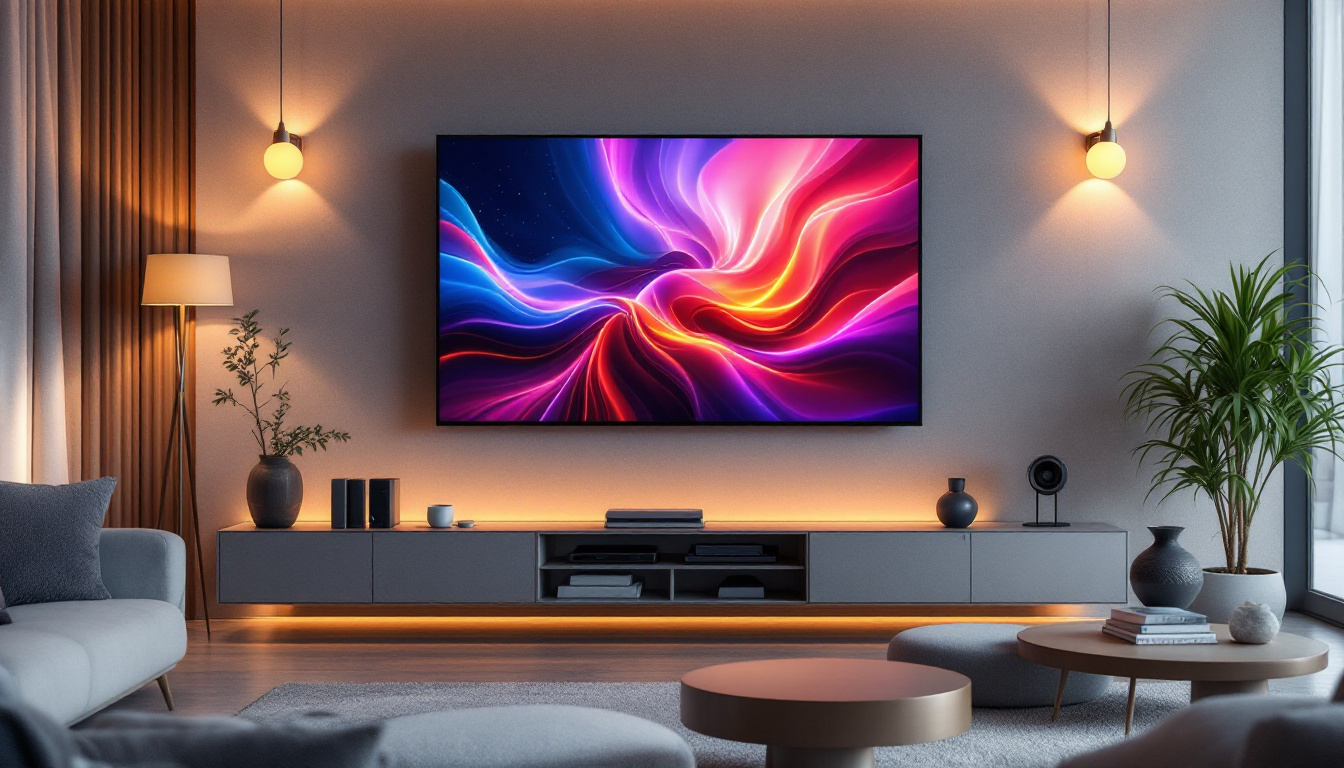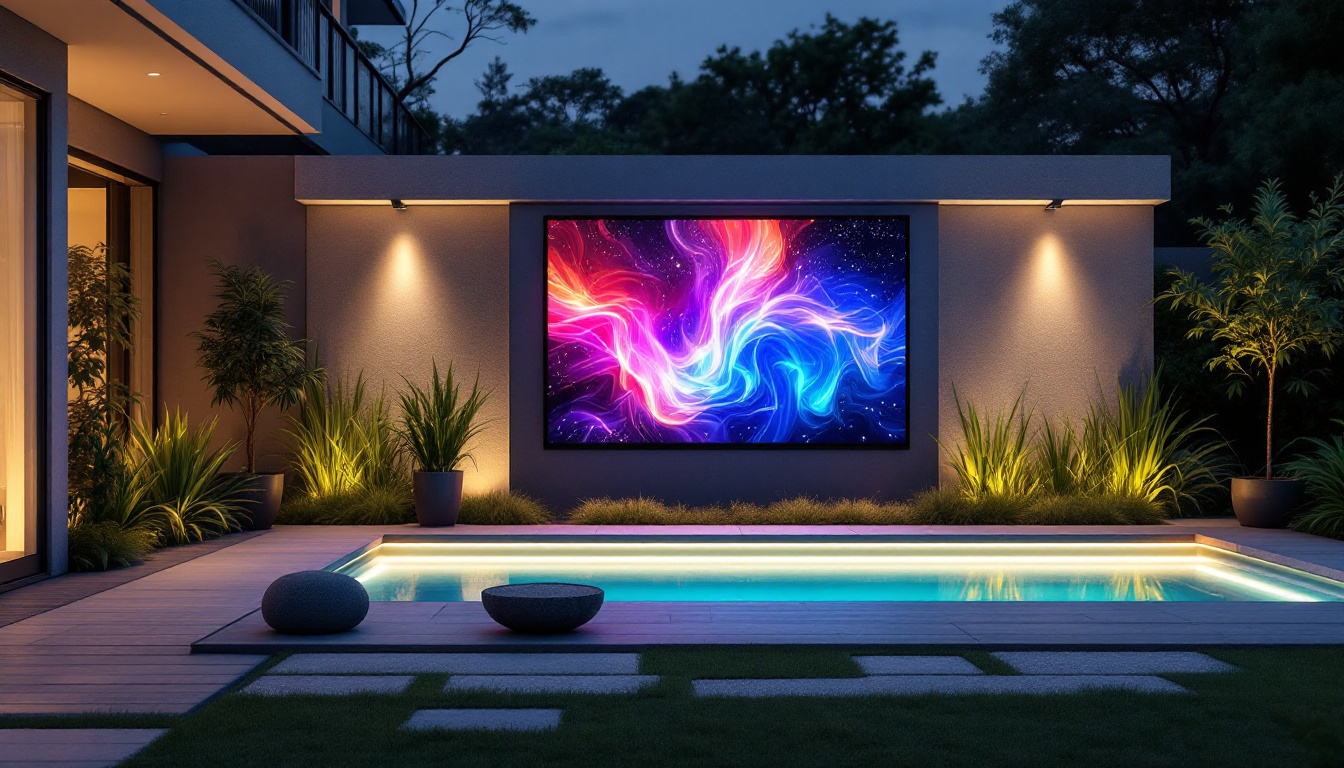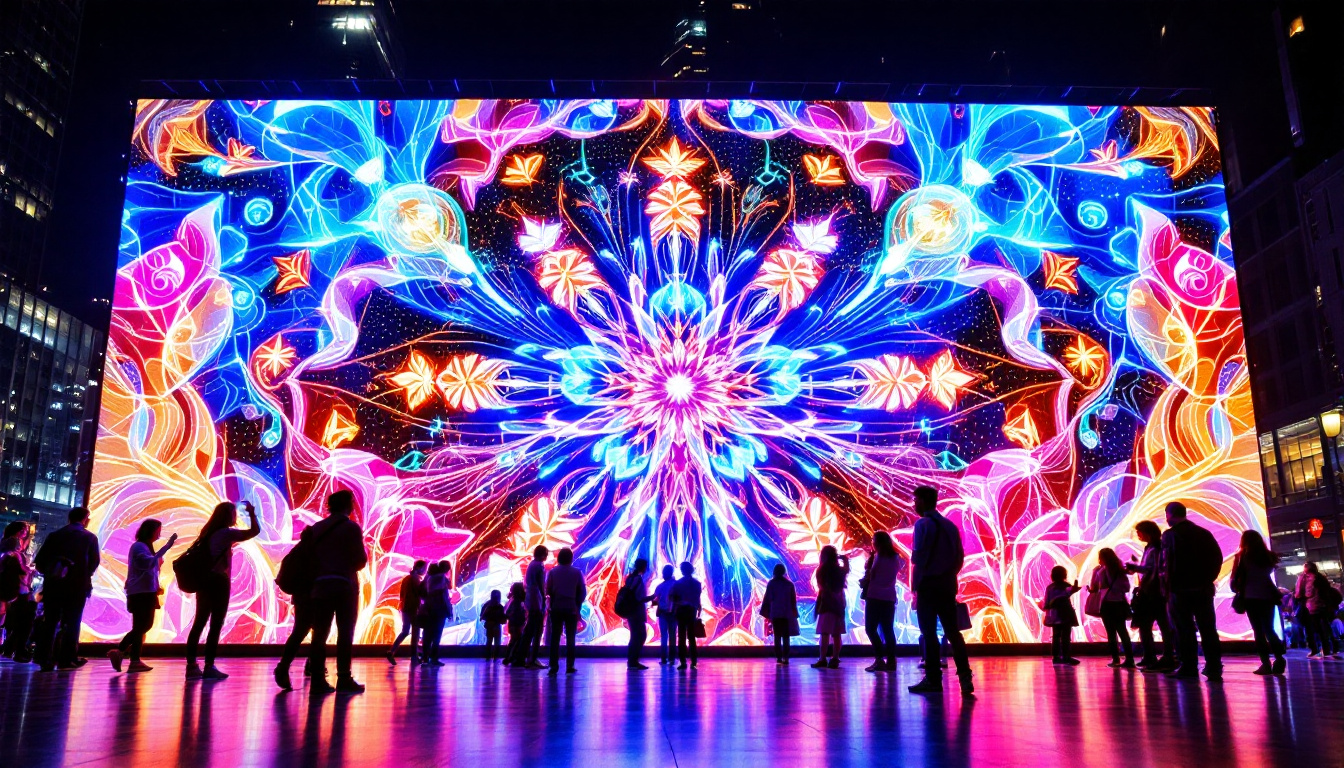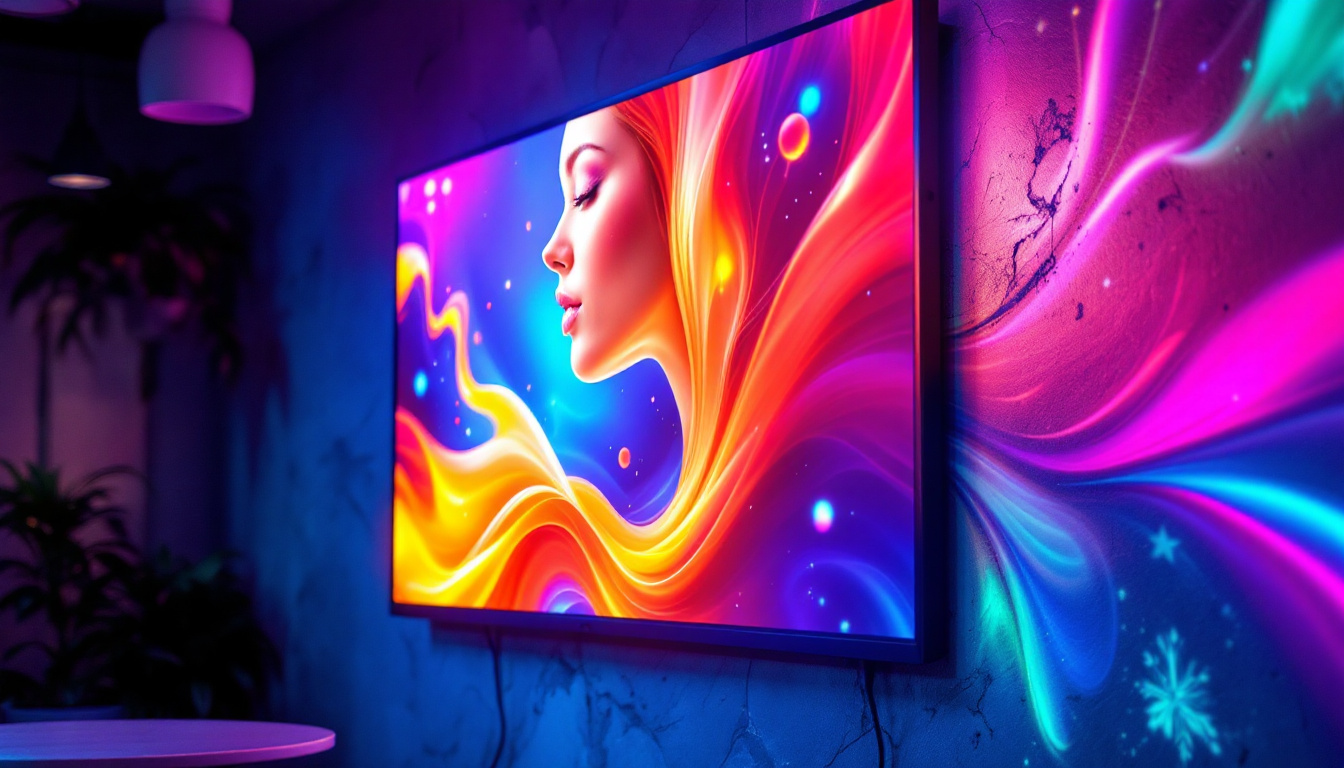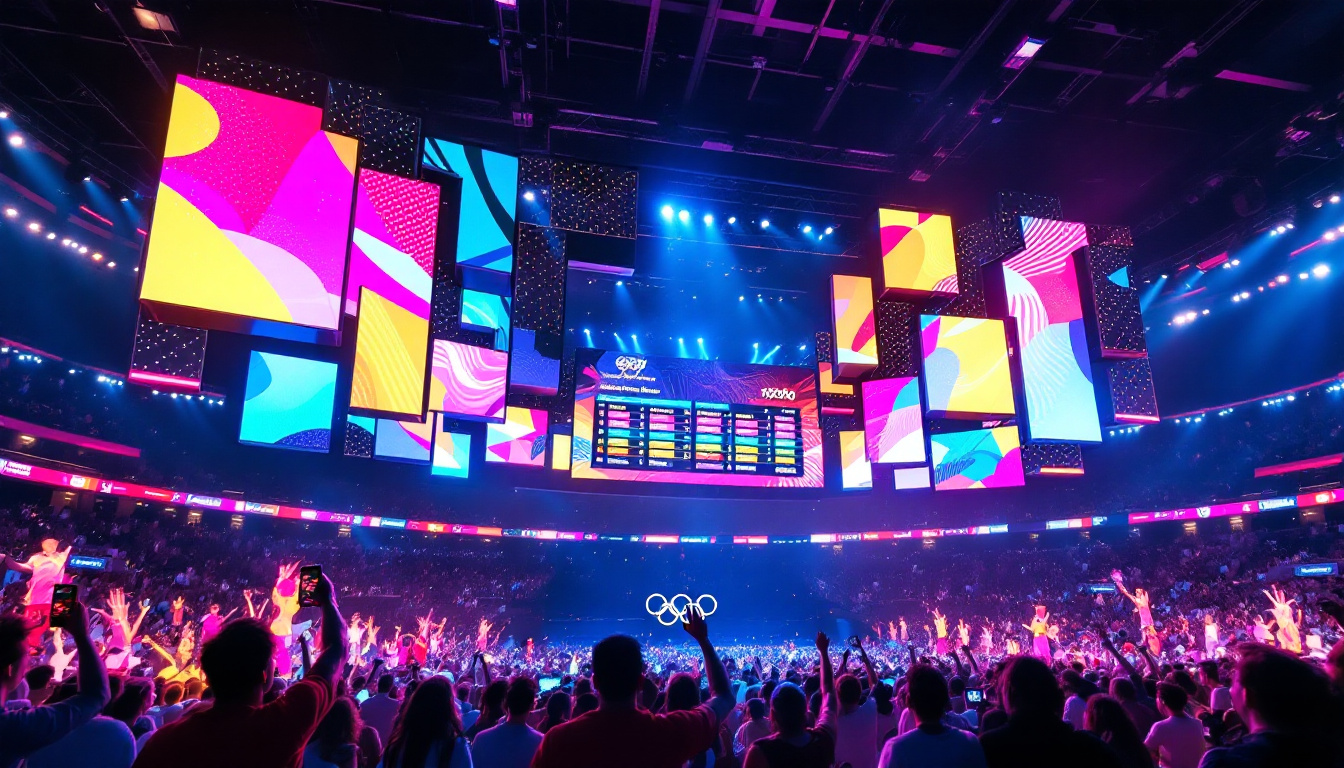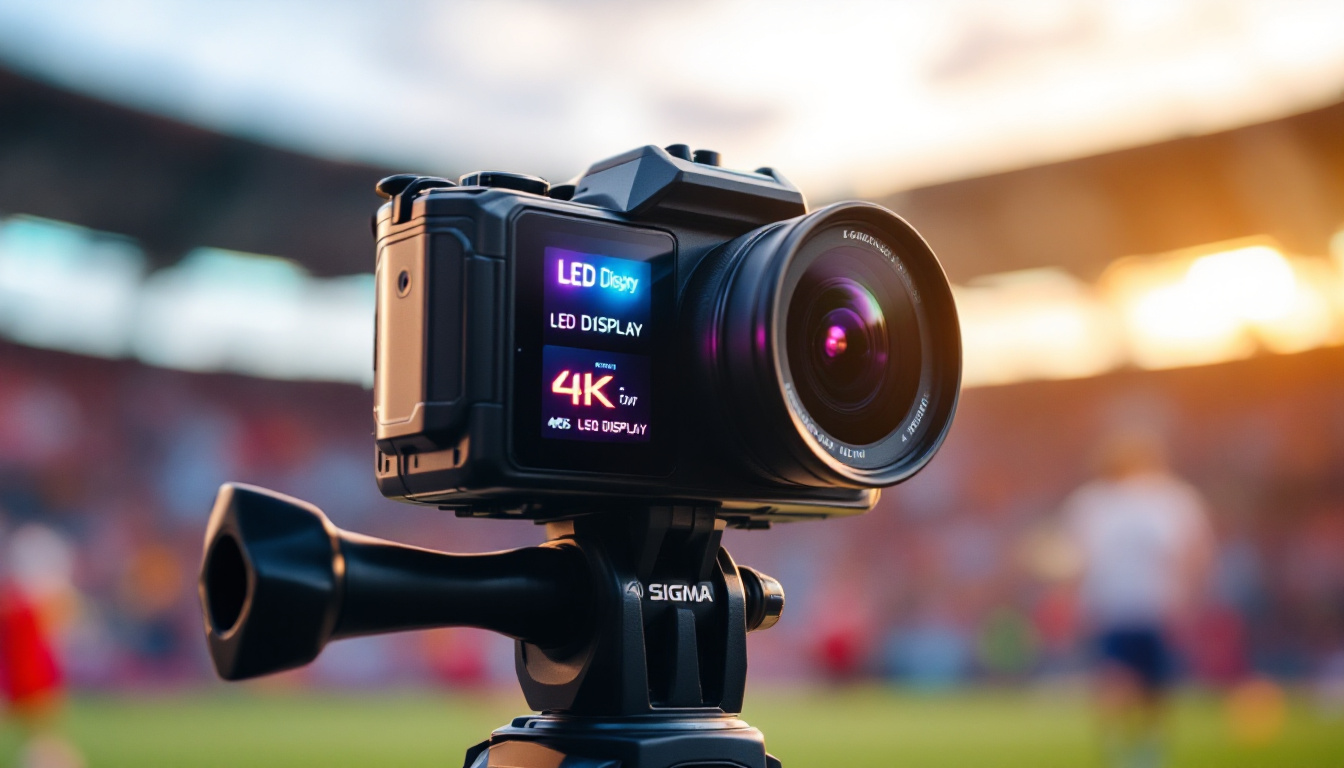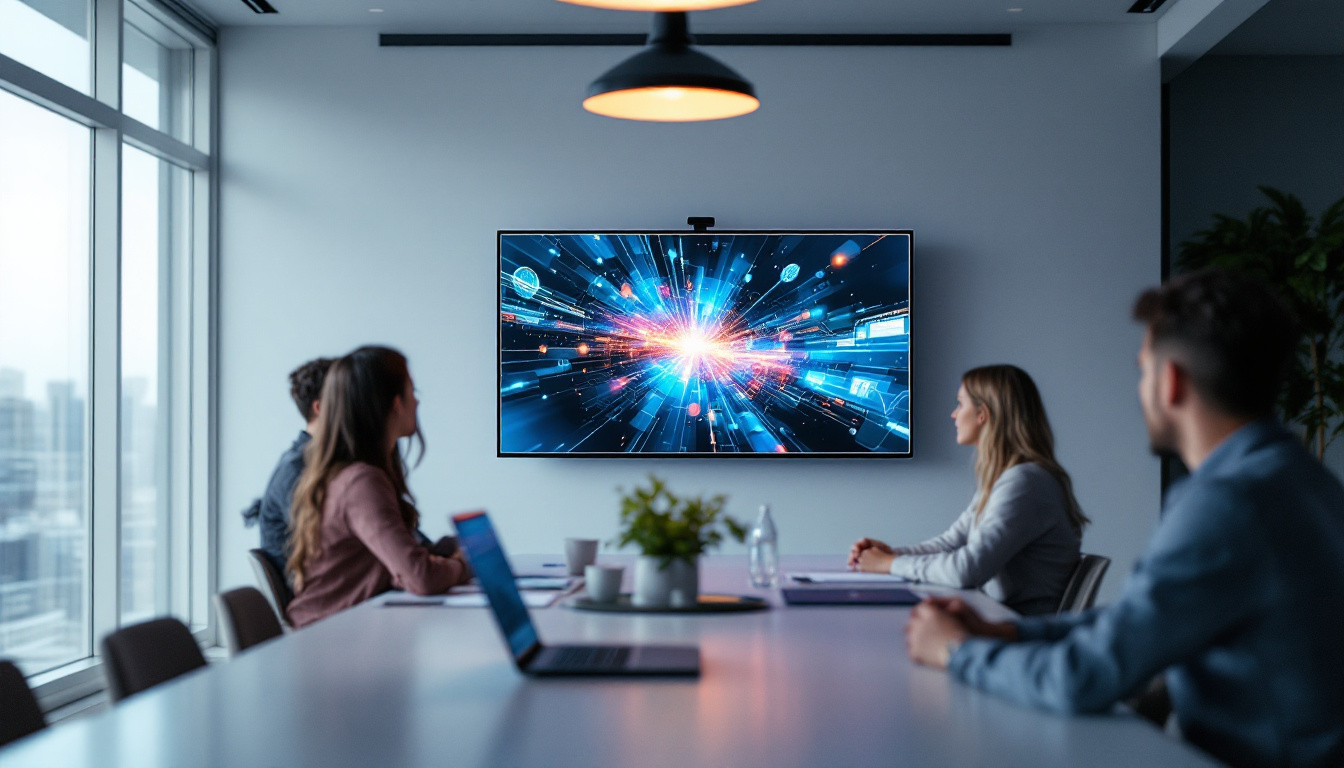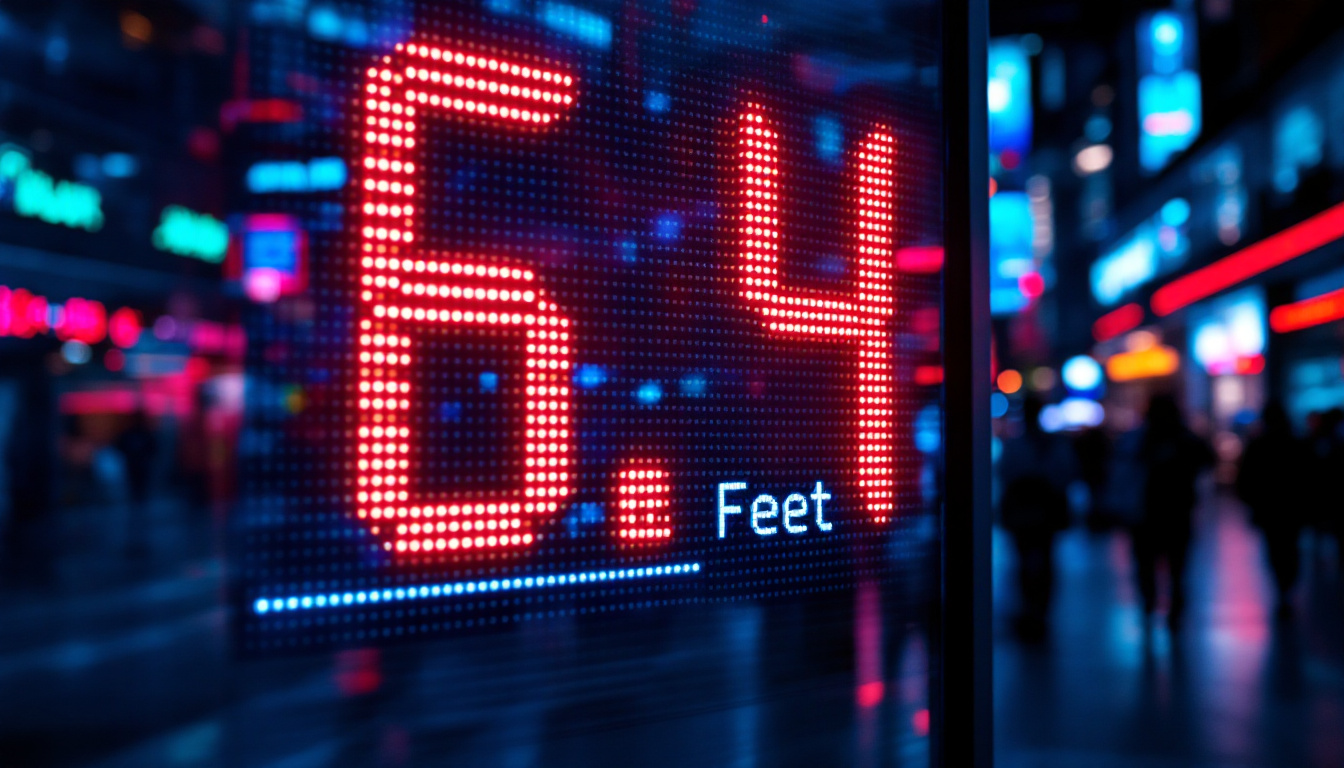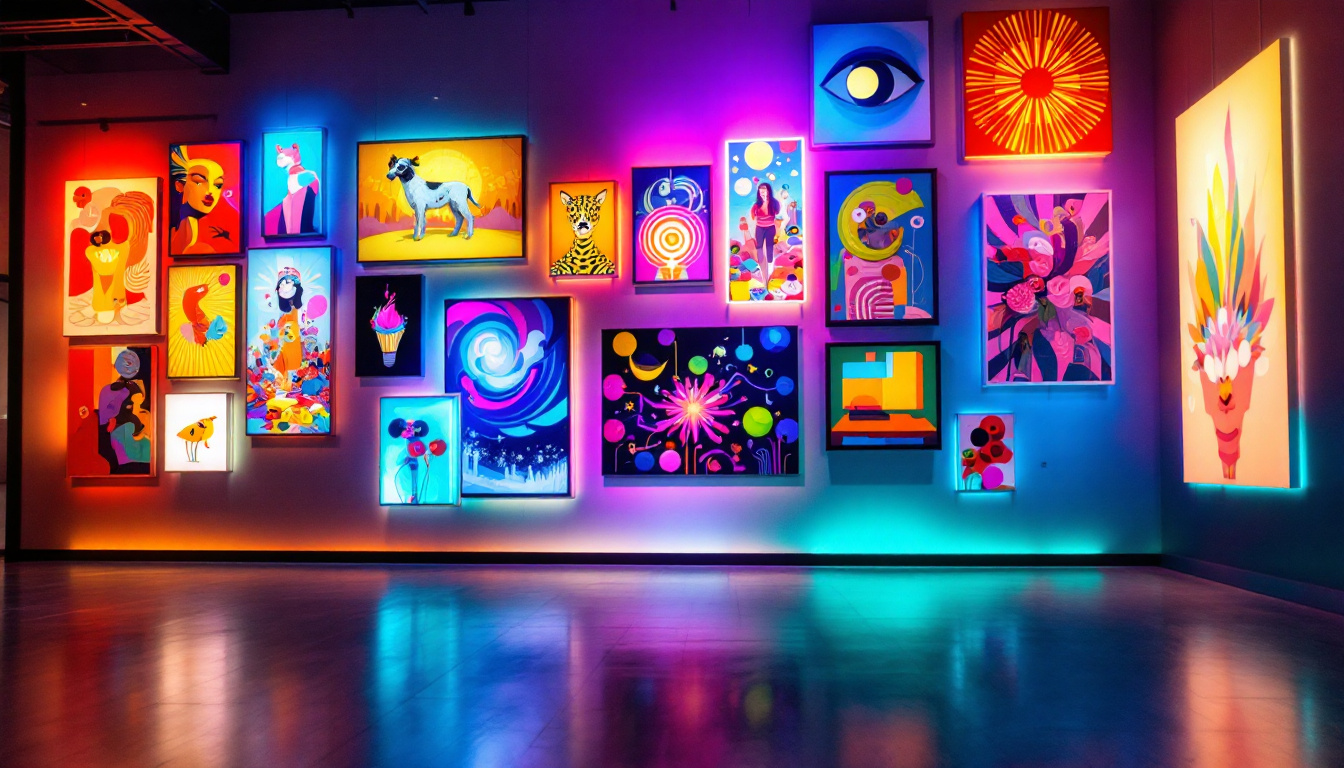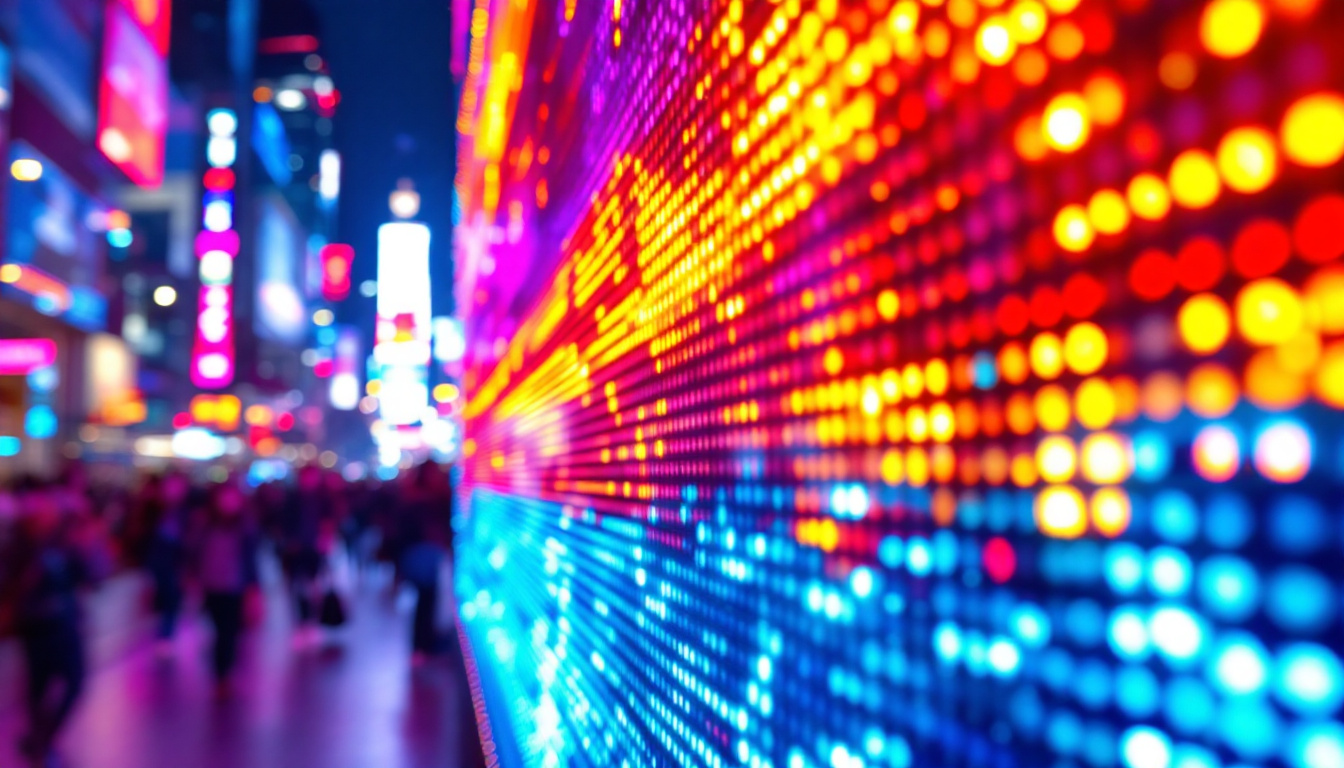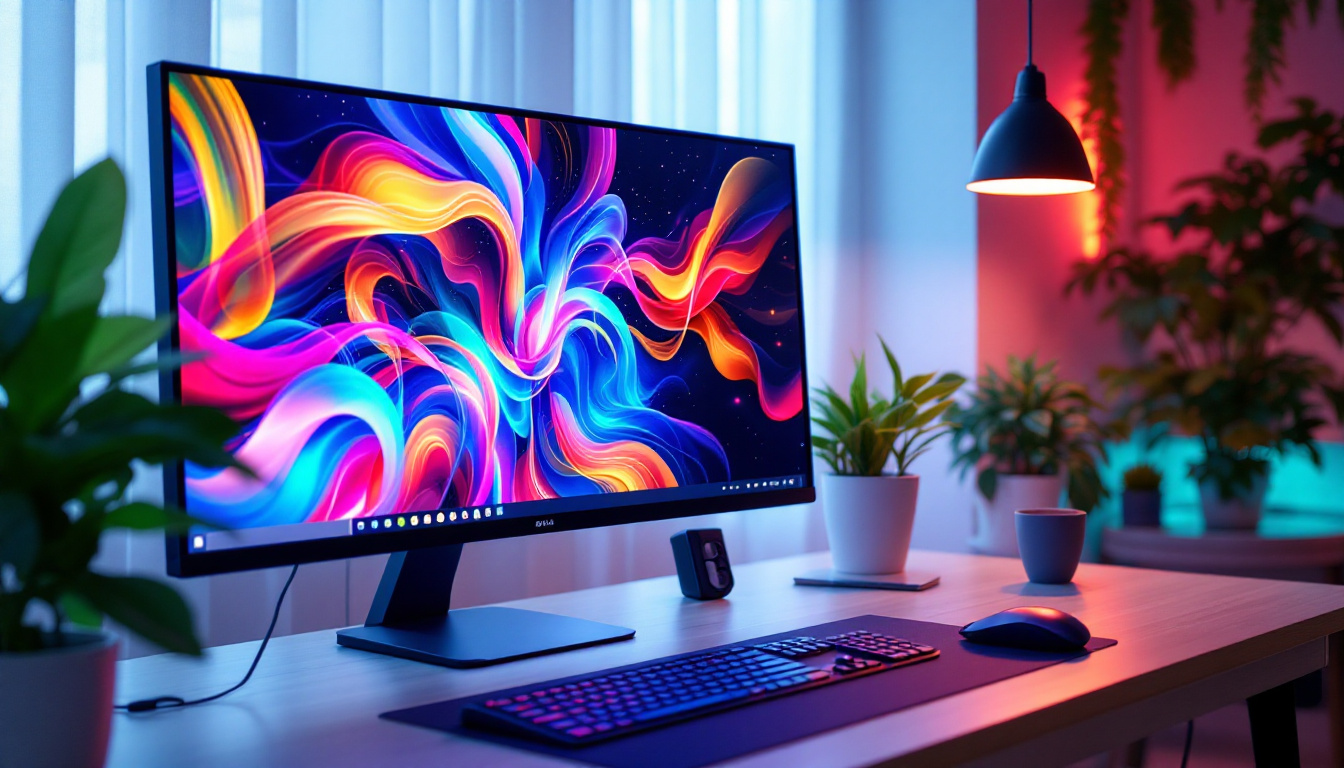In today’s digital age, the demand for high-quality visual displays has skyrocketed, leading to the emergence of various display technologies. Among these, LED (Light Emitting Diode) displays have gained immense popularity due to their vibrant colors, energy efficiency, and versatility. This article delves into the specifics of 98-inch LED displays, exploring their features, advantages, applications, and the technology behind them.
Understanding LED Technology
LED technology has revolutionized the way images and videos are presented. Unlike traditional display technologies such as LCD or CRT, LED displays utilize light-emitting diodes to produce images. This section will explore how LED technology works and its advantages over other display types.
How LED Displays Work
At the core of an LED display are thousands of tiny diodes that emit light when an electric current passes through them. These diodes are arranged in a grid, allowing them to illuminate in various colors and intensities. The combination of red, green, and blue (RGB) light from these diodes creates a full spectrum of colors, resulting in stunning visuals.
In a 98-inch LED display, the size of the screen allows for a larger array of these diodes, which enhances the overall brightness and color accuracy. The display can either be backlit, where LEDs illuminate an LCD panel, or be made entirely of LEDs, known as an “LED display” or “direct view LED.” The latter offers improved contrast and viewing angles. Moreover, advancements in technology have led to the development of microLED and miniLED displays, which utilize even smaller diodes for greater precision and efficiency, pushing the boundaries of image quality further.
Advantages of LED Displays
LED displays come with numerous benefits that make them a preferred choice for various applications. One of the most significant advantages is their energy efficiency. Compared to traditional displays, LED screens consume less power, making them environmentally friendly and cost-effective in the long run.
Additionally, LED displays provide superior brightness and contrast ratios, ensuring that images remain vivid even in well-lit environments. Their thin and lightweight design allows for easy installation and portability, making them suitable for both permanent and temporary setups. Furthermore, the durability of LED technology means these displays can withstand harsh conditions, making them ideal for outdoor use. Beyond these practical advantages, LED displays also offer enhanced flexibility in design; they can be curved or shaped to fit unique spaces, allowing for creative installations in venues ranging from art galleries to stadiums. This adaptability not only enhances the aesthetic appeal but also maximizes the viewer’s experience, drawing them into the content being presented.
Applications of 98 Inch LED Displays
The versatility of 98-inch LED displays enables them to be used in various settings, from commercial spaces to entertainment venues. Understanding the applications of these displays can provide insight into their significance in modern technology.
Commercial Use
In commercial environments, 98-inch LED displays are often employed for advertising and promotional purposes. Retailers utilize these large screens to showcase products, run advertisements, or provide information to customers. The high resolution and brightness of LED displays ensure that advertisements catch the attention of passersby, enhancing customer engagement.
Moreover, businesses can use these displays for internal communication, displaying important information such as announcements, schedules, or corporate branding. This enhances the overall aesthetic of the workspace while keeping employees informed.
Entertainment and Events
In the entertainment industry, 98-inch LED displays are a staple at concerts, festivals, and sporting events. These screens are used for live video feeds, ensuring that audiences have a clear view of performances or games, regardless of their seating position. The dynamic visuals provided by LED technology can elevate the overall experience for attendees.
Additionally, event planners often incorporate LED displays into stage designs, using them to create immersive environments with stunning visuals and animations. This versatility allows for creative freedom in how events are presented, making them more memorable.
Education and Training
Educational institutions are increasingly adopting 98-inch LED displays in classrooms and lecture halls. These displays facilitate interactive learning experiences by allowing educators to present multimedia content, such as videos, presentations, and live demonstrations. The large screen size ensures that all students can see the material clearly, promoting engagement and participation.
Furthermore, training sessions and workshops can benefit from the use of LED displays, as they can effectively convey complex information in an easily digestible format. This enhances the learning experience and helps to retain information better.
Key Features of 98 Inch LED Displays
When considering the purchase of a 98-inch LED display, it is essential to understand the key features that differentiate various models. These features can significantly impact the performance and usability of the display.
Resolution and Picture Quality
Resolution is a critical factor in determining the picture quality of an LED display. The higher the resolution, the sharper and more detailed the images will appear. Common resolutions for 98-inch LED displays include Full HD (1920×1080) and 4K Ultra HD (3840×2160). The latter provides four times the detail of Full HD, making it ideal for applications that require high clarity, such as video presentations or detailed graphics.
Additionally, the pixel pitch, which refers to the distance between individual pixels, plays a significant role in image quality. A smaller pixel pitch results in a higher pixel density, leading to clearer images, especially when viewed up close.
Brightness and Contrast Ratio
Brightness is another essential feature of LED displays, measured in nits. A higher brightness level ensures that the display remains visible in various lighting conditions. For outdoor applications, a brightness level of 2,500 nits or more is often recommended, while indoor displays typically require around 300 to 1,000 nits.
Contrast ratio, on the other hand, measures the difference between the darkest and brightest parts of an image. A higher contrast ratio results in more vibrant colors and deeper blacks, enhancing the overall viewing experience. A contrast ratio of at least 1,000:1 is considered standard for high-quality LED displays.
Connectivity Options
Connectivity is crucial for integrating a 98-inch LED display into existing systems. Most modern displays come equipped with multiple input options, including HDMI, DisplayPort, and USB ports. This flexibility allows users to connect various devices, such as computers, media players, and cameras, ensuring seamless content delivery.
Some displays also offer wireless connectivity options, enabling users to stream content directly from their devices without the need for physical cables. This feature can enhance convenience and reduce clutter in presentation environments.
Installation and Maintenance Considerations
Installing and maintaining a 98-inch LED display requires careful planning and consideration. Proper installation ensures optimal performance and longevity of the display, while regular maintenance helps to prevent issues and prolong its lifespan.
Installation Guidelines
When installing a 98-inch LED display, it is essential to choose the right location. The display should be positioned at a height and angle that maximizes visibility for the intended audience. Additionally, consideration should be given to ambient lighting conditions, as excessive glare can hinder viewing quality.
Professional installation is often recommended, especially for larger displays, to ensure that all components are securely mounted and connected. This includes proper cable management to prevent damage and maintain a clean appearance.
Maintenance Tips
Regular maintenance is vital for keeping a 98-inch LED display in optimal condition. This includes routine cleaning of the screen to remove dust and fingerprints, which can affect picture quality. It is advisable to use a soft, lint-free cloth and a gentle cleaning solution specifically designed for electronic displays.
Additionally, users should periodically check the display for any signs of wear or malfunction. This includes inspecting cables for damage, ensuring that all connections are secure, and monitoring performance for any irregularities. Addressing issues promptly can prevent more significant problems down the line.
The Future of LED Display Technology
As technology continues to evolve, the future of LED displays looks promising. Innovations in display technology are expected to enhance performance, reduce costs, and expand applications. This section will explore some of the trends shaping the future of LED displays.
Advancements in Resolution and Color Accuracy
Future LED displays are likely to feature even higher resolutions, such as 8K, which will offer unprecedented detail and clarity. This advancement will be particularly beneficial for applications that require high precision, such as medical imaging and professional video production.
Moreover, improvements in color accuracy and gamut will enable displays to reproduce a broader range of colors, resulting in more lifelike images. This will enhance the viewing experience across various applications, from entertainment to education.
Integration with Smart Technology
The integration of LED displays with smart technology is another trend to watch. Future displays may incorporate features such as artificial intelligence and machine learning, allowing for advanced functionalities like automated content scheduling, audience analytics, and interactive capabilities.
Additionally, the rise of the Internet of Things (IoT) will enable LED displays to connect with other smart devices, creating a more cohesive and interactive environment. This integration will enhance user experience and open up new possibilities for content delivery.
Conclusion
In conclusion, 98-inch LED displays represent a significant advancement in visual technology, offering numerous advantages across various applications. From commercial advertising to educational settings, these displays provide vibrant visuals, energy efficiency, and versatility. Understanding the underlying technology, key features, and future trends can help users make informed decisions when investing in LED display solutions.
As technology continues to advance, the potential for LED displays will only grow, making them an essential component of modern communication and entertainment. Whether for personal use or business applications, a 98-inch LED display can elevate the viewing experience and enhance engagement in any setting.
Discover LumenMatrix’s Innovative LED Display Solutions
Ready to experience the future of visual technology with a 98-inch LED display that offers unmatched vibrancy and efficiency? LumenMatrix is at the forefront of LED display innovation, providing a wide array of solutions tailored to meet your needs. Whether you’re looking to captivate shoppers with an Indoor LED Wall Display, make a statement in the open air with an Outdoor LED Wall Display, or create a dynamic environment with our Custom LED Displays, LumenMatrix has the technology to bring your vision to life. Elevate your brand’s presence and engage your audience like never before. Check out LumenMatrix LED Display Solutions today and see how our cutting-edge displays can transform your space.


